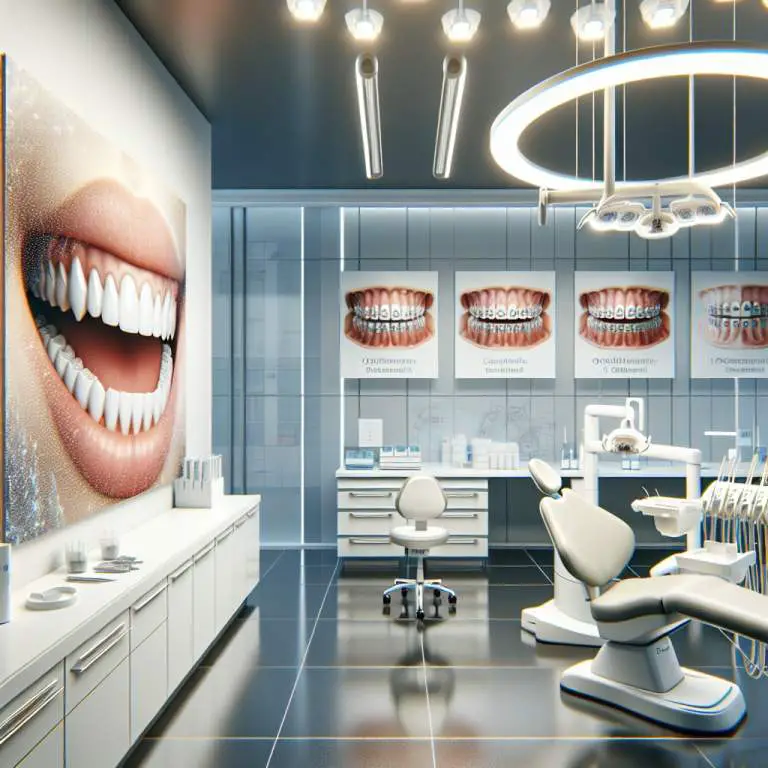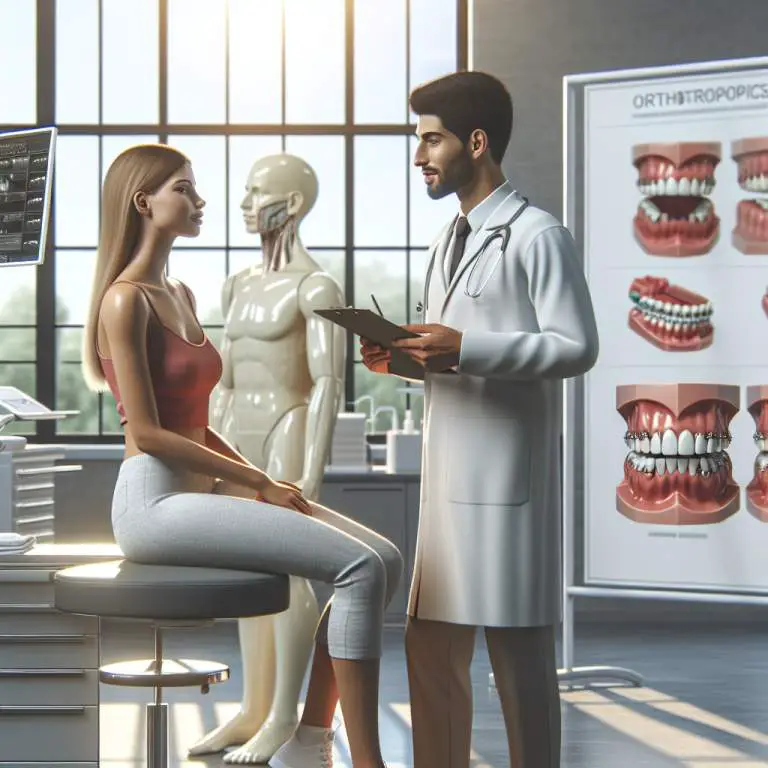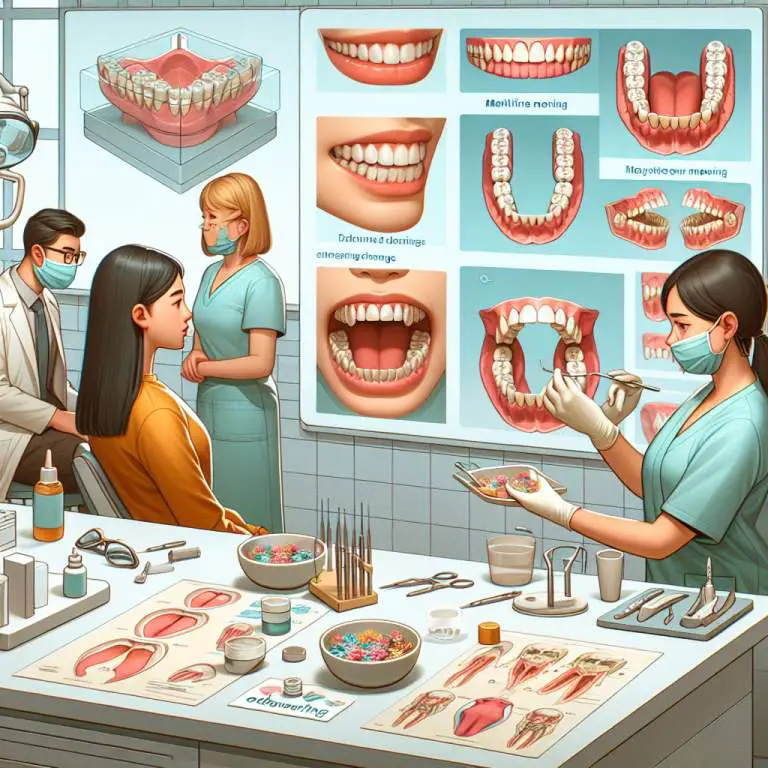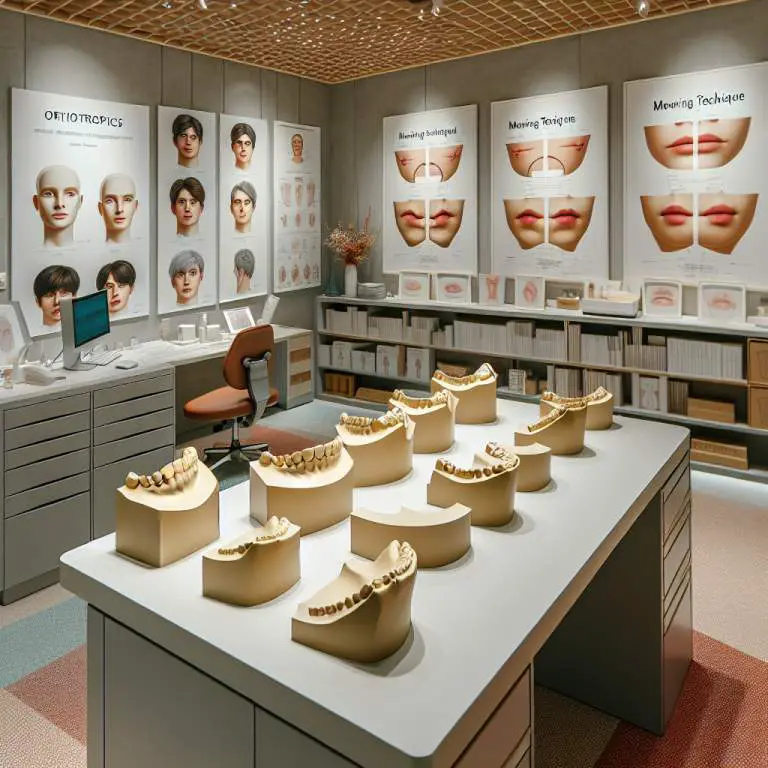How effective is mewing for jawline enhancement?
Mewing can be somewhat effective for enhancing the jawline, especially if practiced consistently from a young age. It involves positioning the tongue against the roof of the mouth, which may help in slightly improving jawline definition over time. However, its effectiveness varies greatly among individuals and it is not a guaranteed or quick solution for significant jawline enhancement.

How does mewing theoretically improve jawline appearance?
Mewing is a technique that involves placing your tongue against the roof of your mouth. This position is supposed to help shape the bones in your face and jaw. The idea is that by doing this, you can make your jawline look better over time.
When you practice mewing, you’re also supposed to keep your lips together and teeth slightly touching. This posture is believed to encourage the muscles in your face and neck to work in a way that supports a sharper jawline. People think that if you do this regularly, it can change how your jaw and face look.
What scientific evidence supports the effectiveness of mewing?
There isn’t a lot of scientific research specifically about mewing. However, some studies on orthodontics and facial structure suggest that exercises like those used in mewing could have an impact. These studies show that certain positions of the tongue and jaw can influence how our faces grow, especially in younger people.
Despite this, most experts agree more evidence is needed to say for sure if mewing works as claimed. While there are many personal stories online about its benefits, these aren’t the same as scientific proof. So, while there’s some basis to believe mewing might help, we don’t have solid evidence yet.
Can mewing results vary based on age or starting facial structure?
Yes, age and starting facial structure can affect how well mewing works for someone. Younger people, especially those still growing, might see more noticeable changes from mewing because their bones are still developing. Their facial structure can be more easily influenced by different habits or exercises.
For adults, changes might be less dramatic or take longer because their bones have stopped growing. Also, everyone’s face is different to begin with. So, what changes one person notices from mewing might not be the same for someone else. It depends a lot on what your face looks like when you start.
What are the common misconceptions about mewing and jawline enhancement?
A big misconception about mewing is that it can give anyone a perfect jawline quickly and easily. Some people think just by changing how they hold their tongue; they’ll see big changes right away. But improving your jawline usually takes time and may require more than just one technique.
Another misunderstanding is that mewing alone can fix serious dental or skeletal issues without other treatments like braces or surgery. While it might help with appearance to some extent, it’s not a cure-all solution for every problem related to the face or teeth alignment.
< TD >Conclusion TD >< TD >While mewing may offer some benefits related to posture and potentially minor aesthetic improvements, individuals should maintain realistic expectations and consider consulting healthcare professionals before starting. TD >< TD >Moderate Caution Advised** TD > TR >
< TD COLSPAN="3" >*Effectiveness Rating: Low | Moderate | High – based on current anecdotal evidence and limited scientific research.
**Ratings are subjective estimates not based on rigorous scientific analysis.
***User testimonials are highly individual and may not represent typical results.
****Scientific backing refers to the amount of peer-reviewed research supporting the practice. TD > TR >
| Aspect | Description | Effectiveness Rating* |
|---|---|---|
| Definition | Mewing is a technique that involves proper tongue posture, aiming to reshape the jawline and facial structure by applying pressure on the roof of the mouth. | N/A |
| Primary Goal | To enhance the jawline and improve facial aesthetics through natural means. | N/A |
| Key Components | – Proper tongue placement – Breathing through the nose – Keeping lips together |
N/A |
| Potential Benefits | – Improved jawline definition – Better breathing patterns – Enhanced facial symmetry |
Moderate to High** |
| Risks or Downsides | – Lack of scientific evidence supporting long-term effectiveness – Possible discomfort or pain from incorrect practice – Unrealistic expectations for drastic changes |
Low to Moderate** |
| User Testimonials*** | Vary widely; some report noticeable improvements in jawline definition and overall facial aesthetics, while others see minimal to no change. | Mixed Reviews** |
| Scientific Backing**** | Limited; few studies directly link mewing practices with significant changes in adult facial structure. Most evidence is anecdotal. | Low** |
| Suggested Practice Duration | Daily, continuous practice over months to years for potential visible results. | |
How long does it typically take to see results from mewing?
Seeing results from mewing can vary greatly from person to person. Some individuals report noticing changes in a few months, while others may not see visible improvements for a year or more. The process is gradual and requires consistent effort.
The time it takes to observe changes also depends on factors such as age, the starting structure of the jawline, and how consistently the mewing technique is applied. Younger individuals might notice changes quicker due to their still-developing facial structures.
Are there any risks or potential side effects associated with mewing?
Mewing, when done correctly, is generally considered safe. However, incorrect techniques can lead to potential risks or side effects. For instance, applying too much force or pressure can cause jaw pain or discomfort.
Additionally, excessively focusing on keeping the tongue pressed against the roof of the mouth might lead to difficulties in breathing or swallowing. It’s important to follow proper guidance and listen to your body’s signals.
What additional practices can complement mewing for better results?
Incorporating other practices alongside mewing can enhance overall facial aesthetics and health. Regular exercise, maintaining a healthy diet, and staying hydrated contribute to skin elasticity and muscle tone which can complement the effects of mewing.
Practicing good posture is another crucial aspect that works well with mewing. Keeping the spine straight and shoulders back helps in aligning the jaw properly with the rest of the skull, potentially speeding up the results of mewing.
Final Thoughts
Mewing presents an intriguing approach towards improving jawline appearance through non-surgical means. While patience is key, as results take time and consistency, understanding its potential benefits and limitations is essential.
It’s also important to approach mewing with realistic expectations and consider incorporating complementary practices for optimal outcomes. As always, consulting with a professional before starting any new practice is advisable to ensure it’s suitable for your individual needs.






